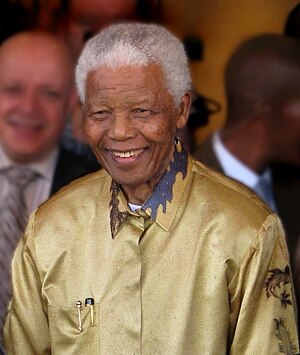Most of modern Noh are performed in a Noh
theater. It becomes the Meiji period later that the stage form called “The Noh
theater” incorporating a Noh stage indoors was established.At present, The Noh widen the foot as
practicing of "Utai" and "Shimai" based on the system that
was reborn.
However,
there are some problems with modern Noh. One of those, there are very few
future actors of the Noh. Basically, an actor of the Noh is only the veteran who is well surpassed for 20 years
in an art career.Above
all, there is the person more than 50 years in the longest one. What's why the Noh
is profound, and it is the evidence that people who can enjoy regardless of any
people regardless of age or sex. On the other hand, it is that there is not a
person who readily begun newly. If the same state continues, Noh may fall. This
story is not an exaggerated story. There is the risk that the Noh which lasts
nearly 650 years since Kanami Zeami was successful disappears soon.The Noh
surely see once, and there cannot feel that it is impulsively good or
interesting. The Noh is not an entertainment of such a kind. However, it is the
entertainment that the profundity and taste soak through a heart so as to watch.
In old days, the daimyos who including Hideyoshi Toyotomi really took a lesson
of the chanting of a Noh text and the dance and they were to a captive in the
throughout the life fun. I think that it is the universality of the Noh which
followed to date.
Kabukiza is replaced with a new one, and
the first on the list of traditional arts becomes Kabuki now. Because of
overwhelmed in Kabuki, and the Noh burns down. Therefore, It is problem in the
future to get the popularity by conveying fun and profundity of the Noh all over
the world as well as Japan.2020 when Tokyo Olympics Paralympics are
decided, and a tourist comes from the world, the Noh that is the Japanese
oldest traditional arts to deliver the world, and is it the greatest chance to
tell the country about the good points of Noh once again?
